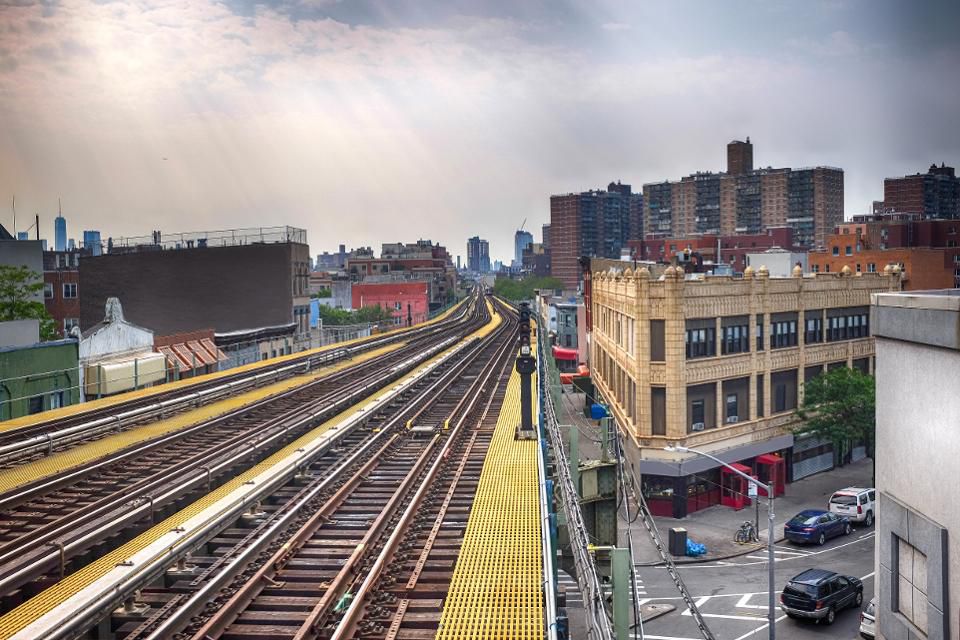If you are a high net worth individual you probably already know about it. A seminar on the subject at Manhattan’s Harvard Club attracted financial advisors to some of Americas richest dynasties – including the Pritzker and Soros families.
A Las Vegas meeting on the subject was organized by former White House aide Anthony Scaramucci and attracted such attendees as Mark Cuban, the billionaire owner of the Dallas Mavericks, and former New Jersey governor Chris Christie. It has spurred the Swiss bank UBS to create a fund for its “ultra high net worth” clients – people who have at least $50 million in investable assets.
So, what’s all the excitement about? They are called OZs, or Opportunity Zones. They are the hottest investment opportunity around, and they were created by a mere 8 pages in the 185-page tax reform bill the Republicans passed in 2017.
In theory, the idea was to provide capital to revitalize the urban areas that President Trump has portrayed as “wastelands, ravaged by crime and homelessness and infested by rats.” In practice, it’s gentrification on a grand scale – as luxury high-rises for the rich replace run-down buildings and other structures.
For example, an OZ project in New Rochelle, N.Y., is financing an upscale apartment building that has a yoga studio, 24-hour valet parking and a spa for residents’ pets. One in New Orleans’ trendy Warehouse District is building a hotel with an opulent restaurant and a roof-top pool.
As explained in a New York Times investigative report (which is the source of most of what I am relating), here is how it works. Investors in an OZ can defer any capital gains taxes for up to 7 years. After 10 years, an investor can cash out and not owe any taxes at all. On paper, an opportunity zone is a census tract where poor people live. But there can be affluent areas within the tract and that’s where the investments can be targeted.
Bottom line: A tax break meant to benefit the poor has become a boon to hedge funds, real estate developers and wealthy investors.
Here is what the tax reform bill might have done instead. Almost 40 years ago, Stuart Butler, then at the Heritage Foundation, proposed Enterprise Zones – a concept first imagined in Margret Thatcher’s Britain. Butler’s idea was to take a depressed area, remove burdensome taxes and regulations and allow laissez-faire capitalism to flourish. Within no time at all, he expected the South Bronx, for example, to look like Hong Kong.
This idea was championed by Jack Kemp, HUD secretary during the George H.W. Bush presidency, and by New York congressman Charlie Rangel. It was partly implemented during the Clinton administration.
But by most measures, the experiment was a failure. The reason? No regulations were actually repealed. What we got instead was increased spending and a few tax breaks – making government a partner in every private decision that was made. We didn’t get less government. We got more government – on top of the government we already had!
That prompted a different approach by my colleagues and me – one called enterprise programs.
Here is the idea: instead of carving out a geographical area for deregulation, let’s carve out essential services that are needed by low-income families. All too often, burdensome regulations are pricing poor people out of the market for the services they need the most. So why not remove those regulations?
Take transportation. Did you know that low-income families use taxi cabs more than any other income group? The reason: they are less likely to own a car. So, in cities where taxi regulations have done little more than create a transportation cartel, poor people are hurt the most.
Uber and Lyft have made a huge dent in this market – but they are mainly serving the high end of the market. It’s still illegal for me (without a license) to drive a van to a low-income neighborhood in South Dallas, pick up a group of would-be workers, transport them to a job site in North Dallas, and charge each of them a couple of bucks for the ride.
Then there is medical care. Studies show that nurses following computer protocols in MinuteClinics provide care that adheres to best practices as well or better than traditional primary care physicians. Yet in most states, access to this type of high-quality, low-cost care is limited by regulation. That’s why there are virtually no MinuteClinics in rural Texas.
Housing is another example. Local governments often block the use of inexpensive modular homes, limit the number of rental housing units, create minimum lot sizes, and impose cost-increasing amenities such as landscaping requirements. All too often, regulations designed to protect property values in affluent neighborhoods have the unintended consequence of reducing housing construction and availability in non-affluent areas.
Most home-based businesses are started by women and they are a principal way women entrepreneurs become self-supporting. But numerous local regulations stand in the way and day care regulations are among the most severe. Suppose you offered to take care of your neighbors’ children for a modest fee during the day, while their parents are at work. In most cities that would be illegal unless you obtain a license and meet all kinds of burdensome regulations.
The Brookings Institution estimates that almost 30 percent of all the jobs in the country require a government license. Whom does that type of regulation hurt the most? People with less education, lower incomes and fewer resources. It hurts them in two ways. On the supply side, occupational licensing is a barrier to a job. On the demand side, licensing raises the cost of goods and services people buy.
Our idea is to let the middle and upper-middle class keep all the regulations they want. For them, nothing would change.
But low-income families should have access to a free market.

0 Comments